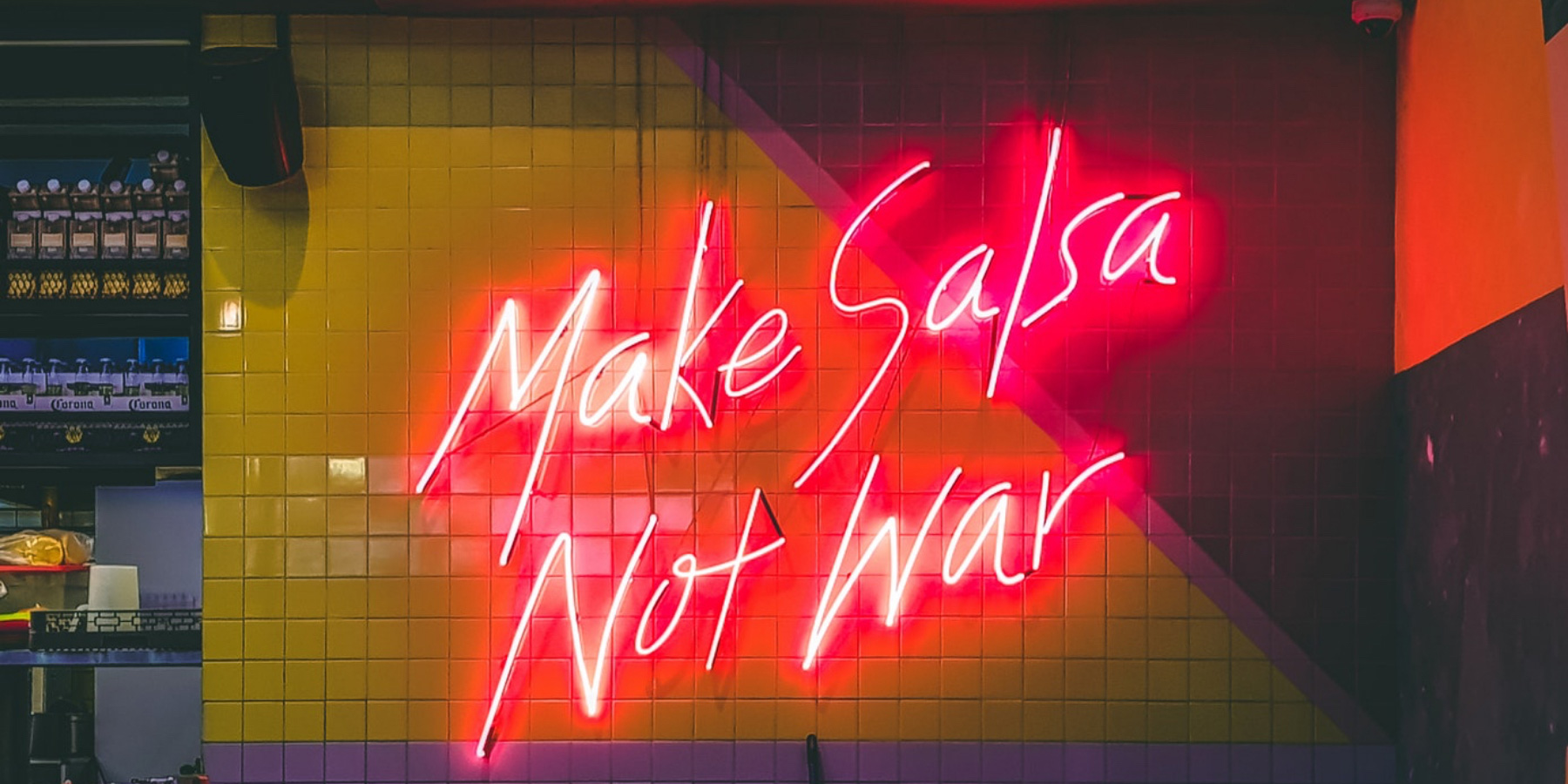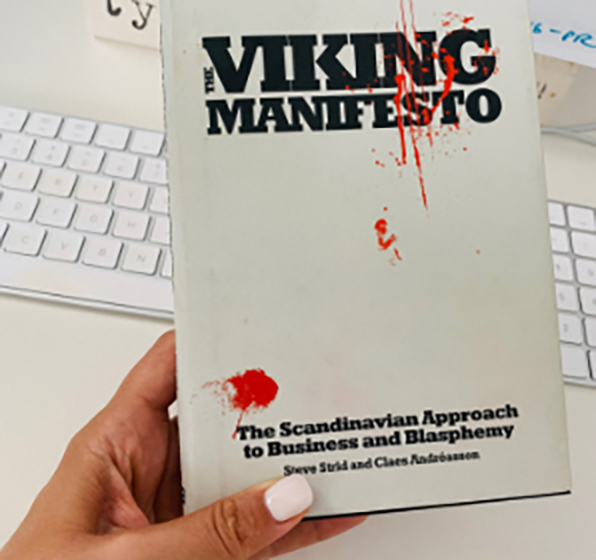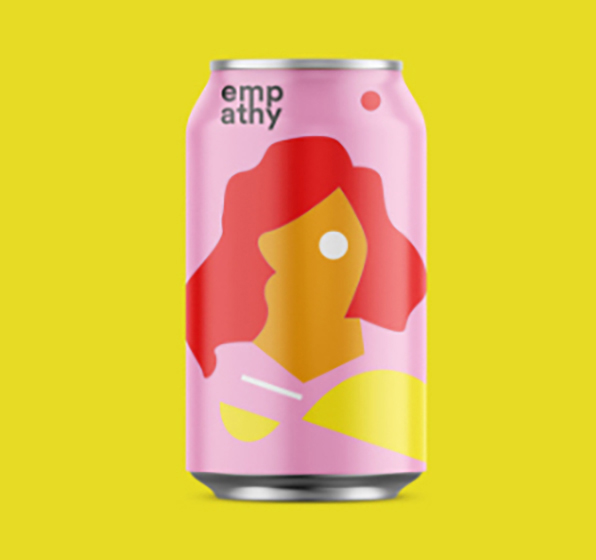ID Integration - A Collaborative Future
Two decades in the communication industry and how much has it changed. What I am observing as 2020 approaches is an industry shift from an earlier culture of self-serving creative hedonists with a focus on individual achievements and recognition - not the client or the end-user, or a sense of empathy in sight. With an influx of agencies offering more and more services as the industry fragments, I find more and more brand owners sharing their frustrates in a similar way, “I just don’t know who should do what, everyone can do everything now and are all fighting for a bigger chunk of our budget pie - sometimes I just don’t know who should do what”. I nod, with a guilty expression, knowing that our business, who has diversified and grown our capabilities- is in fact adding to our clients challenge, not helping them. What a career epiphany that was.
If I borrow from DeBono and put my yellow ‘solution’ hat on, I am forced to think about how our business can help to support our clients, really support and empathise with them. How can we remove the focus on personal financial gain and creative power, and shift the emphasis to the development of transformative creative outcomes that are also efficient, collaborative and adding long-term value to our clients’ brands?
I believe this requires a relationship revolution. Change can only occur when creative partners synthesise their collective knowledge, put their egos aside and develop a new type of working relationship (beyond a smile and a handshake) where the core focus is the brand itself - a new collective with clearly defined scope and specialisations and a client prepared to cough up retainers to allow for such collaboration to occur.
Lets take a quick look at some of the reasons why this is happening and a possible way forward:
Brand challenges
> Multiple creative agencies working on brand accounts (specific to specialty)
– multiple inputs
> Territorial agency behavior blocking truly collaborative and integrated
approach with everyone vying go strategy power and creative authorship
> Brand owners having difficult assigning ‘specialty champions’ with agencies
expanding their services but not necessarily their capability and expertise -
you know everyone is a brand strategic right?
> The value of brand identity not understood or leveraged by all creative
partners, often being confused with ‘campaign strategy’ term
> Agencies pushing to create new things (assets and visual language) rather
than reviewing what is available to them (building on existing distinctive assets and equity with strong recall)
> Ensuring cut-through - connecting the message with the consumer with visual assets and language being prominent enough to link communication design with the product design or packaging.
> Commitment to long-term focus and responsibility to the brand (not self
sustaining creative solutions with the purpose of wining awards but not winning in validated brand recall)
Impact to the brand
> The brand message is weakened through incongruent and fragmented visual
representations
> Strained relationships between creative partners (protective and suspicious
of one another) and no cross pollination of great ideas
> Ineffective use of Marketing budget - results in less cut-through
> Communication waste – not sustainable solutions (less for more)
> Short-term focused outputs that are seasonal or campaign driven – no long
term value building
> Aesthetically deficient creative – lacking in innovative spirit and design
sensibility.
Identity as a possible solution
1. Cultural identity – brand owners and partners working together harmoniously.
2. Brand identity – brand owners understanding their brand at a deep purpose-led level and using this knowledge the platform to create a robust brand identity strategy, planning and innovation - the ‘WHY’.
3. Visual identity – brand owners assigning an ‘identity champion’ who manages the visual integration of the brand across the touch-points ensuring greater consistency and visual recognition (cut-through). This role would be focused on collaborating and facilitating with all other creative partners to ensure a consistent and innovative use of visual language and assets is achieved - the ‘HOW’.
The communication industry is going through fundamental transformation, a knee-jerk reaction to the fast paced technological advancement and how consumers are adopting their communication consumption. As leaders we need to take responsibility for this change and begin to practice the art of collaboration. So often, brand owners invest heavily in one touch-point (packaging, outdoor etc) but don’t completely optimize their investment through visual integration – ensuring there is a congruent connection between all storytelling modes that are recognizable and on-brand.
Collaboration is more than just a ‘buzz’ word, it requires a ‘helicopter’ perspective and focus on the brand, not individual agency gain. The solution rests in a ‘OneTeam’ creative approach, one which is grounded in mutual respect and appreciation for the benefit of sharing, aligning and creating powerful and engaging solution. This is the way forward for all those who manage, inspire and create the brands we love.
For more thoughts on packaging, get in touch with us at
Author: Amber Bonney
Head of Strategy @ The Edison Agency






